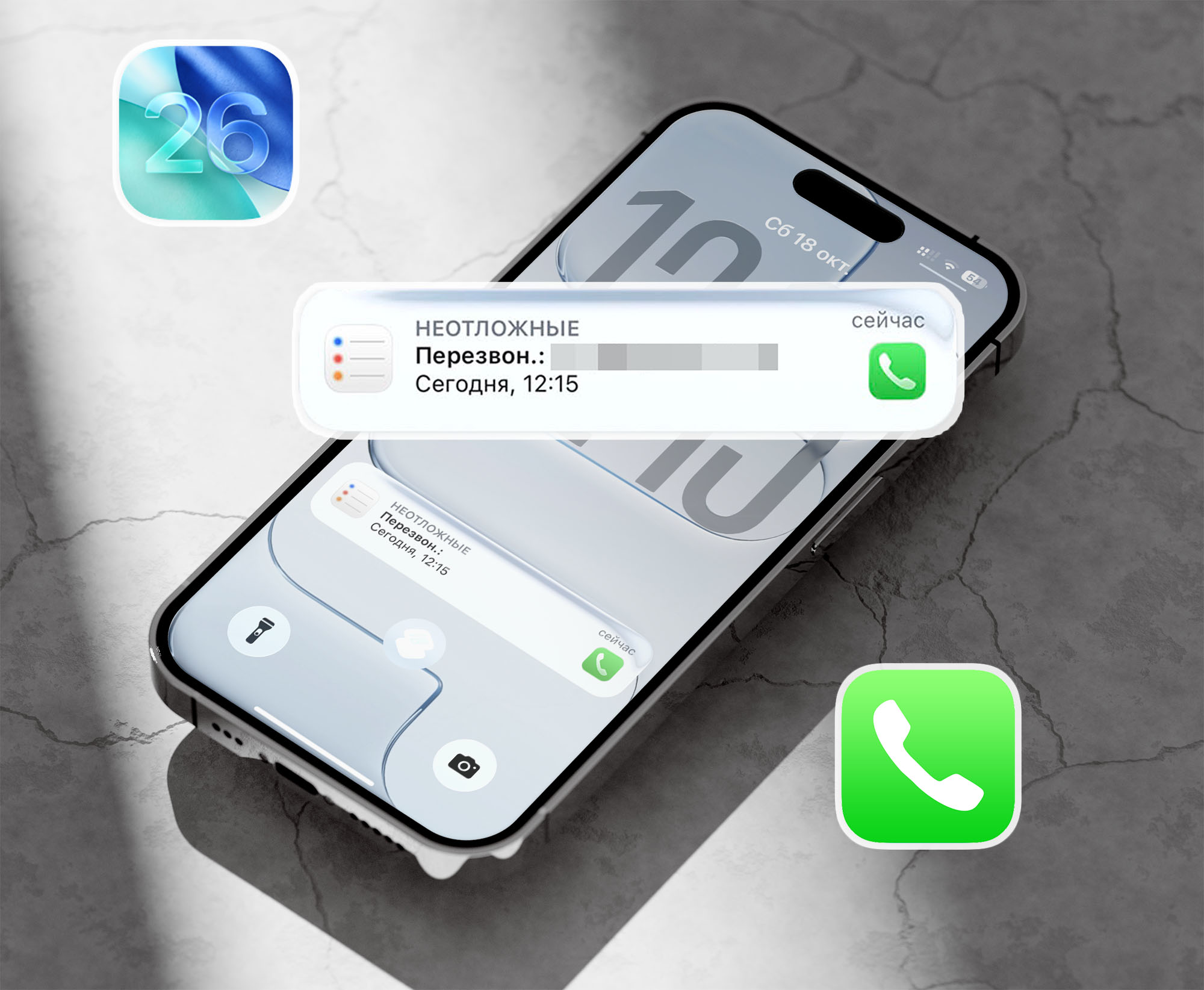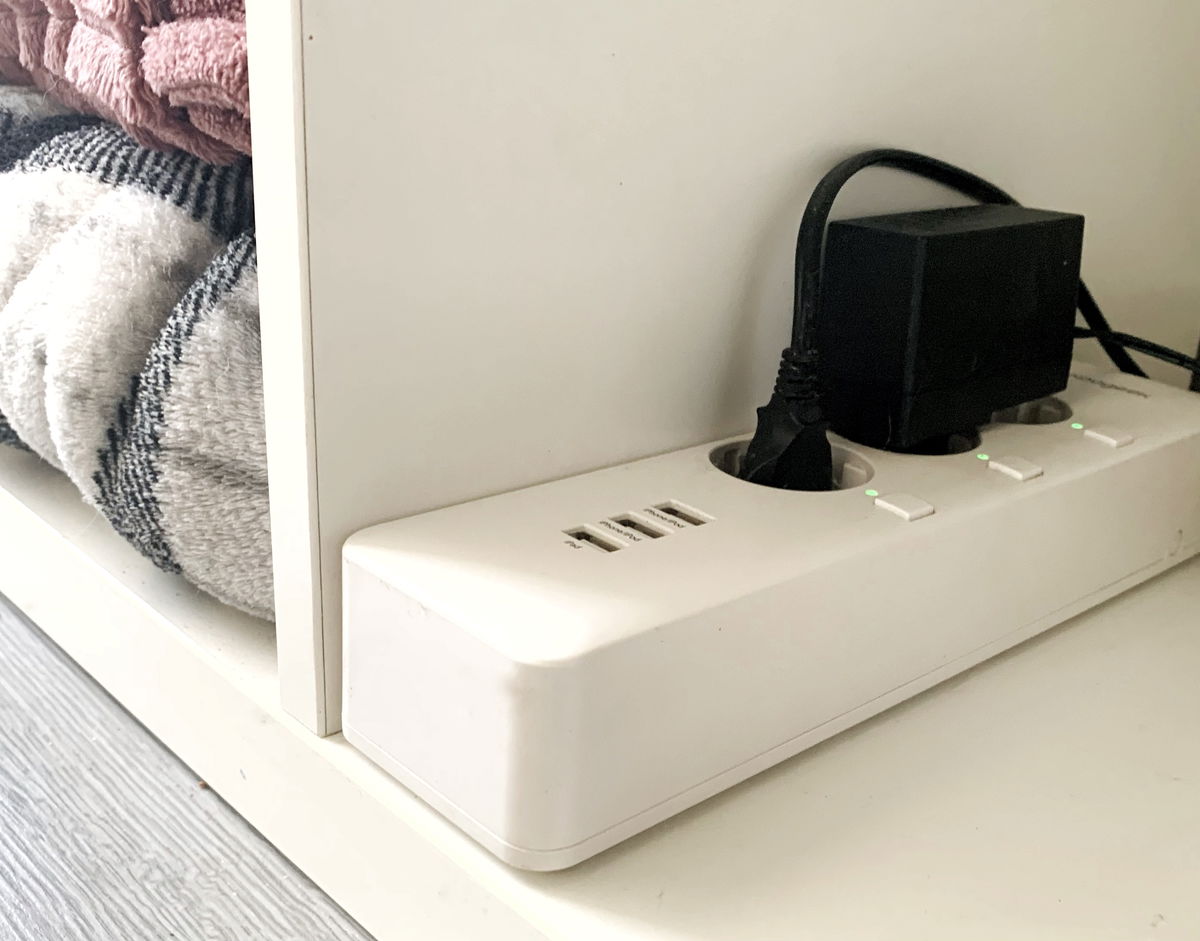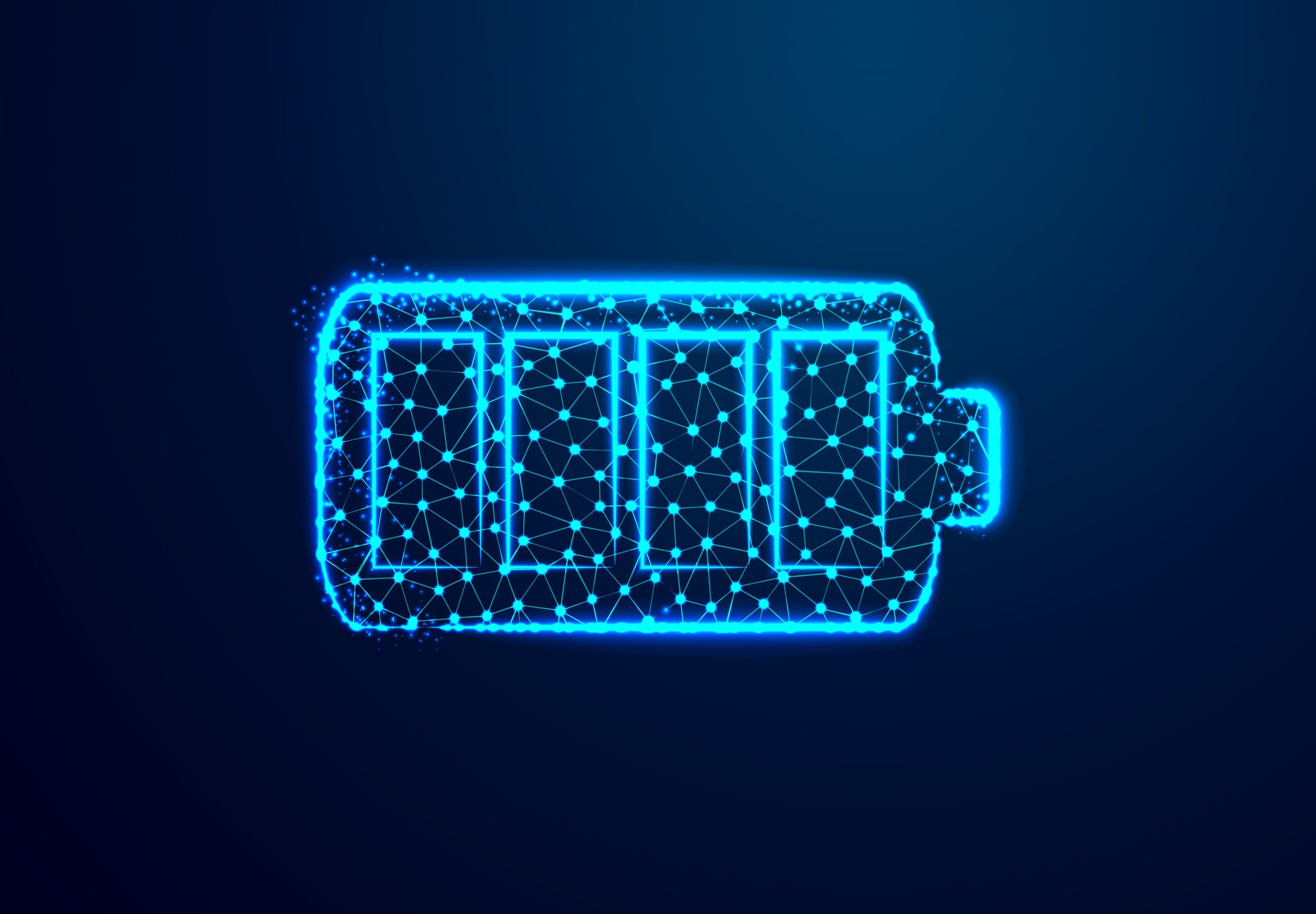When a scientist develops a classification natural phenomenaLike earthquakes and hurricanes, the last thing you expect is for a day to come when it doesn’t live up to expectations. Unfortunately, when in 1969 scientists Herbert Saffir and Robert Simpson they developed hurricane rating scale they would not have thought about what bears his name that day either. But it might already be here, as several scientists have demanded that level 6.
Hurricane rating scale Saffir-Simpson reaches level 5. This, conservatively, includes any hurricane whose wind exceeds 252 kilometers per hour. If you don’t set an upper limit, no hurricane will be spared.
The problem is that in recent years, climate change is leading to hurricanes that are much more powerful than usual. The speed of 252 km/h was significantly exceeded more than once. Even 300km/h. For this reason, the authors of the study, which was just published in PNAS They require Level 6, which classifies hurricanes according to sustained winds in excess of 309 km/h.. According to their research, since 2013 there have already been five hurricanes which exceeded these numbers, so it’s not crazy at all.
Winds that have surpassed the hurricane classification
The Saffir-Simpson hurricane classification scale categorizes them based on wind speed, as well as their destructive ability. Level 5, the highest, includes hurricanes in which winds can uproot trees and power lines, destroy homes and prevent people from living in affected areas for weeks or even months.
All this is much more subjective and qualitative, but the winds do not deceive. And according to a study just published by two scientists from University of Wisconsin-MadisonThere have been five hurricanes that require a new classification.
These were Hurricane Patriciawhich took place mainly in Mexico in 2015, and Typhoons Haiyan, Meranti, Goni and Surigae. The first occurred in 2013, mainly in the Philippines, although other countries were affected. On the other hand, Meranti occurred in 2016 in China, the Philippines, Taiwan and South Korea. Goni also took place in the Philippines in 2020. And finally, Typhoon Surige was in 2021 and occurred mainly in Taiwan.
It should be noted that a hurricane and a typhoon are the same phenomenon, which receives different names depending on where on the planet they occur. Both the hurricane and the typhoons in question were classified as Level 5 on the Saffir-Simpson scale. However, the wind speed significantly exceeded 252 km/h. Also at a speed of 309 km/h. The most powerful was Hurricane Patricia, which reached 346 km/h. And the worst thing is that it has just begun.
Necessary change due to climate change
Hurricanes and typhoons use heat surface layers of the ocean as fuel to become more powerful before coming ashore. Therefore, the increase in ocean temperature caused by changing of the climate Perhaps this will lead to the emergence of more and more phenomena of this type with wind speeds above 309 km/h.
At this time, this change in hurricane classification has not been approved by any competent authority. It was just a firm proposal from two scientists. This is not the first case, since this has already been discussed before, so it would not be strange if it was considered for the first time.
In the end, this is still a question of nomenclature. The real problem is much deeper and More serious, because if climate change had not hit us the way it has already, there would be no need to change anything. This is the main fact that should give us pause when we hear this news.
Source: Hiper Textual














